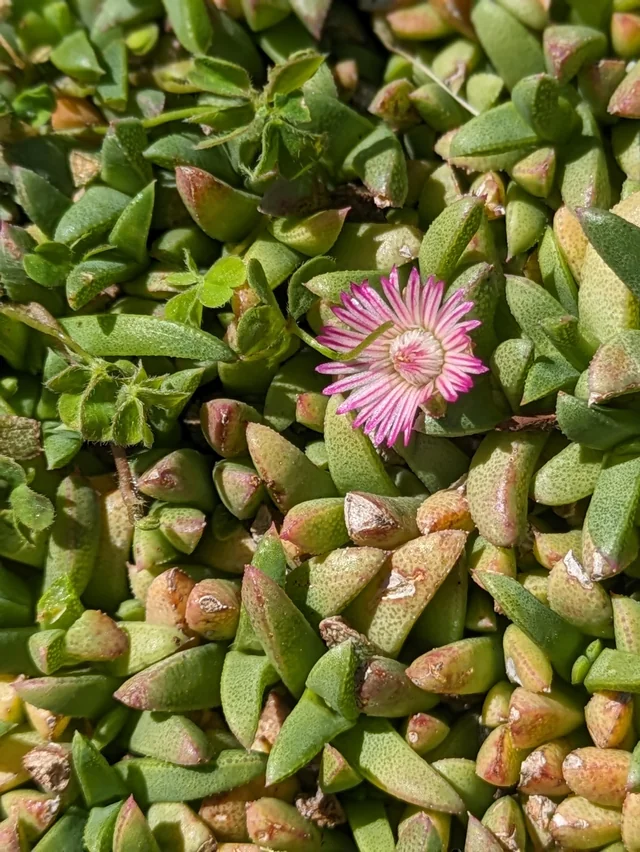Introduction
Ruschia nana seeds where to buy:,ruschia nana also known as dwarf ruschia or tiny ruschia, is a charming, low-growing succulent that adds a unique touch to any garden or indoor plant collection. Whether you’re an experienced gardener or a beginner, sourcing Ruschia nana seeds can be a rewarding endeavor. In this article, we’ll guide you on where to buy Ruschia nana seeds, what to look for when purchasing, and tips for successful cultivation.
1. Understanding Ruschia Nana
1.1 What is Ruschia Nana?
Ruschia nana is a small, perennial succulent known for its compact size and attractive foliage. It features rounded, green leaves that often have a delicate, bluish tint. This hardy plant is perfect for container gardening, rock gardens, or as a ground cover.
1.2 Characteristics of Ruschia Nana
- Size: Typically grows up to 6 inches in height.
- Foliage: Small, rounded leaves with a unique color variation.
- Flowers: Produces small, inconspicuous flowers, though it is mainly grown for its foliage.
2. Where to Buy Ruschia Nana Seeds
2.1 Online Retailers
The convenience of online shopping offers a wide range of options for purchasing Ruschia nana seeds. Here are some reputable online sources:
- Specialty Seed Websites: Websites like Seedman and Baker Creek Heirloom Seeds often stock unique and rare seeds, including Ruschia nana.
- E-commerce Platforms: Major e-commerce platforms like Amazon and eBay frequently list seeds from various sellers. Always check reviews and seller ratings before purchasing.
- Online Nurseries: Nurseries such as Succulent Market or Mountain Crest Gardens specialize in succulents and may offer Ruschia nana seeds.
2.2 Local Garden Centers
- Specialized Nurseries: Some local nurseries and garden centers specialize in succulents and may carry Ruschia nana seeds. It’s worth checking with local shops or specialty stores in your area.
- Plant Exchanges: Garden clubs or plant exchange events can be great places to find seeds or even mature plants of Ruschia nana. Networking with other plant enthusiasts can lead to valuable finds.
2.3 Seed Swaps and Exchanges
- Online Forums and Communities: Websites like Reddit and plant-focused forums often have sections for seed swapping. Engaging in these communities can help you find Ruschia nana seeds and connect with other gardeners.
- Local Gardening Clubs: Joining a gardening club can provide access to seed swaps and exchanges, where you might find Ruschia nana seeds from fellow gardeners.
3. What to Look for When Buying Ruschia Nana Seeds
3.1 Seed Quality
- Freshness: Ensure that the seeds are fresh and have been stored properly. Fresh seeds are more likely to germinate successfully.
- Source Reputation: Purchase from reputable sellers with good reviews to avoid low-quality or mislabeled seeds.
3.2 Seed Packets and Labels
- Detailed Information: Check that the seed packet includes detailed information on germination rates, sowing instructions, and plant care.
- Latin Name: Confirm that the seeds are indeed Ruschia nana by verifying the Latin name on the packet.
4. How to Grow Ruschia Nana from Seeds
4.1 Preparing for Planting
- Soil: Use a well-draining succulent or cactus soil mix to ensure proper drainage.
- Containers: Choose containers with drainage holes to prevent waterlogging.
4.2 Sowing Seeds
- Sowing Method: Scatter the seeds on the soil surface and lightly press them in. Ruschia nana seeds need light to germinate, so do not bury them.
- Watering: Mist the soil lightly to keep it moist but not soggy. Overwatering can lead to seed rot.
4.3 Germination and Growth
- Temperature: Maintain a warm environment with temperatures between 65-75°F (18-24°C) for optimal germination.
- Light: Place the container in a bright, indirect light location. A grow light can be used if natural light is insufficient.
- Transplanting: Once seedlings have developed a few sets of leaves and are large enough to handle, transplant them into individual pots or directly into your garden.
5. Care and Maintenance of Ruschia Nana
5.1 Watering Requirements
- Frequency: Water the plant sparingly, allowing the soil to dry out completely between waterings. Overwatering can cause root rot.
- Method: Water the plant at the base, avoiding wetting the foliage.
5.2 Light and Temperature
- Light: Ruschia nana thrives in bright, indirect light. It can tolerate some direct sunlight but may need protection from intense afternoon sun.
- Temperature: This plant prefers moderate temperatures and should be protected from frost and extreme heat.
5.3 Fertilization
- Feeding: Feed Ruschia nana with a diluted, balanced fertilizer during the growing season (spring and summer). Reduce feeding during the dormant period.
6. Conclusion
Buying Ruschia nana seeds and growing this charming succulent can be a fulfilling experience for both novice and experienced gardeners. With the right sources and a bit of care, you can cultivate this unique plant and enjoy its beauty in your garden or home. Explore the various options available for purchasing seeds, and follow the cultivation tips to ensure successful growth. Embrace the journey of growing Ruschia nana and enhance your plant collection with this delightful addition.

Leave a Reply